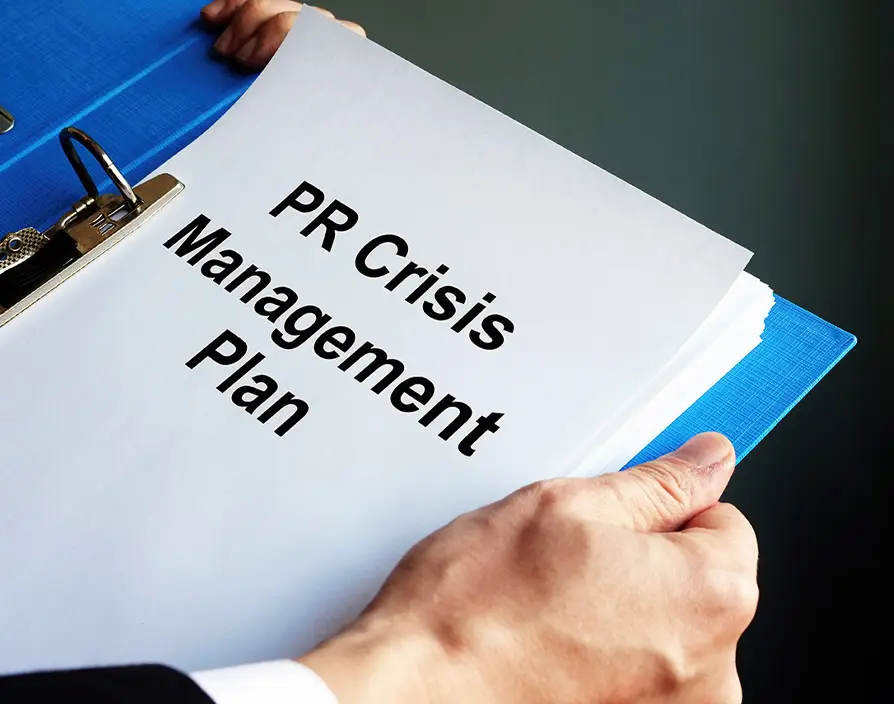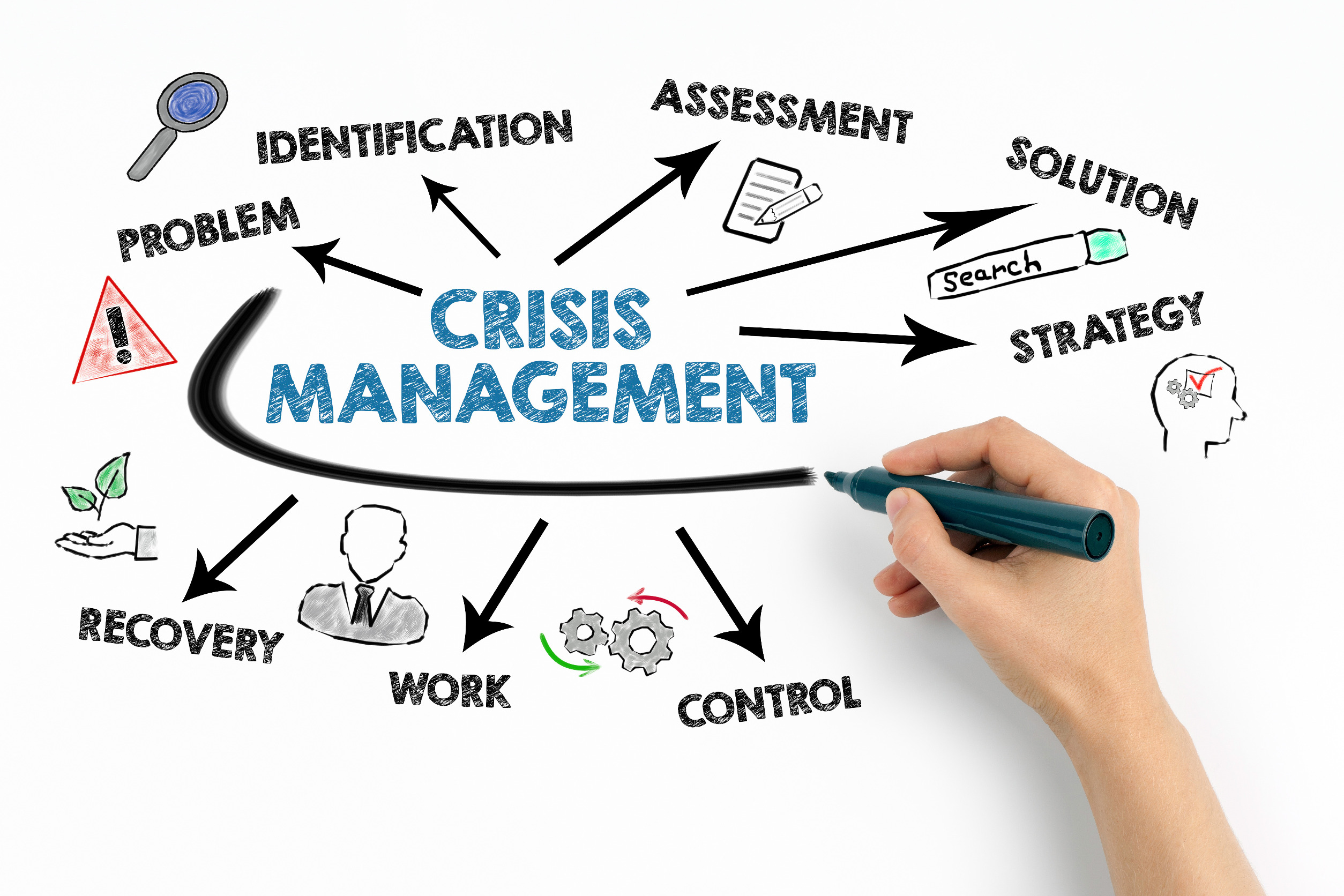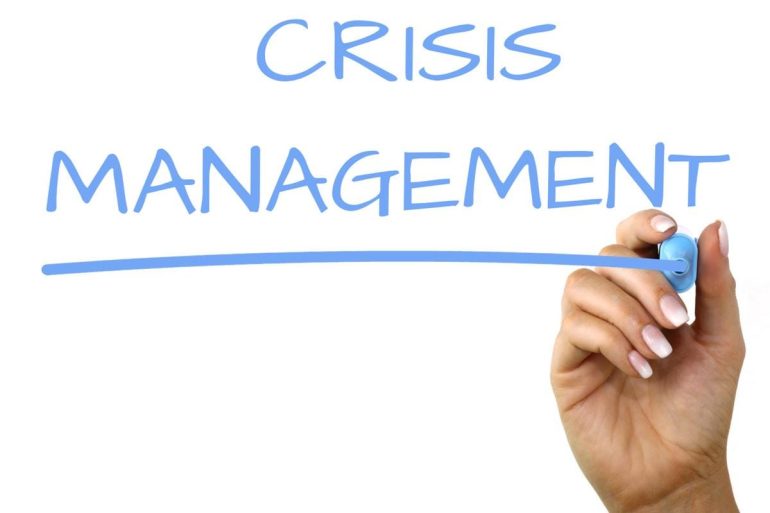In today’s hyperconnected digital world, a single misstep can transform into a full-blown public relations nightmare within hours. Social media amplifies every mistake, critics emerge from every corner, and your brand’s reputation, built over the years, can crumble in mere moments. The difference between companies that survive PR crises and those that don’t lies not in avoiding problems altogether, but in how effectively they respond when disaster strikes.
A PR crisis is any situation that poses a significant threat to your organization’s reputation, ranging from negative media coverage and social media backlash to product recalls, data breaches, or executive scandals. These incidents can emerge from anywhere—a disgruntled customer’s viral complaint, an employee’s inappropriate social media post, or even a competitor’s strategic attack on your brand integrity.
Rule 1: Be Prepared – Prevention is Your Best Defense

Proactive Planning Beats Reactive Scrambling
The most effective PR crisis management plans are the ones that get in front of any crisis instead of waiting for things to explode. Preparation isn’t just about having a plan—it’s about creating a comprehensive crisis management framework that anticipates potential threats and establishes clear protocols for response.
Start by conducting a thorough risk assessment to identify potential crisis scenarios specific to your industry and business model. Use data analytics from media monitoring to see trends, forecast risks, and pinpoint opportunities for improvement. Consider various “what could go wrong” scenarios, from product defects and data breaches to executive misconduct and social media controversies.
Building Your Crisis Response Team
Next, appoint crisis team members who can tackle any situation and will be able to defuse a “bomb” in a calm, collected manner. Your crisis team should include representatives from key departments: public relations, legal, human resources, operations, and executive leadership. Each member should have clearly defined roles and responsibilities, with backup personnel identified for critical positions.
Establish approval workflows and decision-making protocols to ensure swift action when a crisis strikes. Create response templates for common crisis scenarios, develop holding statements that can be quickly customized, and maintain updated contact lists for media, stakeholders, and key personnel.
Training and Simulation
Regular training is essential to ensure your team knows when, what, and how to respond effectively. Conduct crisis simulation exercises at least twice yearly, testing different scenarios and refining your response protocols based on lessons learned. This preparation phase is crucial because when a real crisis hits, there won’t be time to craft well-thought-out responses from scratch.
Rule 2: Act Fast – Time is Your Most Valuable Asset
Speed Determines Success
When a crisis occurs, time is of the essence. The longer you wait to respond, the more damage can be done to your reputation. People expect a response in no time, and responding quickly to a crisis is essential to control the narrative before misinformation spreads.
The goal isn’t to have all the answers immediately—it’s to give the impression that you have the situation under control. You can have a spokesperson give an initial response while you take time to understand the situation better and respond properly. This rapid response approach prevents speculation from filling the information vacuum and demonstrates that your organization takes the matter seriously.
Real-Time Monitoring and Assessment
Set up real-time alerts from media monitoring tools that provide immediate notifications for targeted mentions or sentiment changes. Configure your monitoring system for brand-related and issue-related words, regularly reviewing media coverage to spot red flags early.
However, not every negative comment qualifies as a public relations crisis. Before activating your full crisis response, assess the situation carefully. Think about the impact of the crisis on the PR performance and reputation of your company. Some problems will resolve themselves, and overreacting can actually give unwanted traction to minor issues.
The 30-60 Minute Rule
Best practice suggests assembling your crisis response team within 30-60 minutes of identifying a legitimate crisis. Create a “war room” with centralized communications, and ensure all team members understand their roles and the urgency of the situation.
Rule 3: Take Responsibility and Be Transparent

Accountability Builds Trust
The first lesson in handling any PR crisis is to take responsibility for whatever happened. Don’t try to cover up the crisis—it will only worsen the damage and make you look guilty, even if you aren’t. In today’s transparent world, cover-ups are almost always discovered, leading to far greater reputational damage than the original issue.
Taking responsibility means acknowledging the incident, accepting accountability, and apologizing when appropriate. This approach demonstrates integrity and can actually strengthen stakeholder relationships by showing your organization’s commitment to ethical behavior and continuous improvement.
The Power of Transparency
Transparency builds trust and credibility with the public and can help minimize damage to your reputation. Be honest about what happened, what you’re doing to address the situation, and what steps you’re taking to prevent recurrence. This openness shows that your organization values honesty over self-protection.
When communicating during a crisis, develop clear and concise messages that address stakeholder concerns directly. Avoid corporate jargon or defensive language that might appear evasive. Instead, use straightforward communication that demonstrates empathy and understanding of how the situation affects those involved.
Addressing Concerns Proactively
Instead of arguing publicly, acknowledge people’s concerns and questions, and respond to the right conversations. Write a press release and post on social media to control the situation and get your message visible across all relevant channels. This proactive approach prevents others from defining the narrative for you.
Rule 4: Control the Narrative
Get Ahead of the Story
In case of a PR crisis, things can escalate very quickly if you let the media and masses make their assumptions and interpretations. The most important aspect of crisis management is getting ahead of the story and controlling the narrative before it spirals out of control.
Before things get out of hand, proactively take control of the situation and get your story out. This means being the first to provide accurate information, context, and your organization’s perspective on the events. When you control the initial narrative, you set the framework for how the story will be understood and discussed.
Strategic Message Development
Take time to strategize with your team and craft your message carefully. Your crisis communication should follow a clear structure: acknowledge the situation, explain what happened, detail what you’re doing to address it, and outline steps to prevent future occurrences.
Develop key messages that can be repeated consistently across all communication channels. This consistency ensures that everyone in your organization is telling the same story, preventing confusion and contradictory statements that can undermine your credibility.
Multi-Channel Communication
Find communication channels that work for your customers and other stakeholders. This might include your company’s website, social media platforms, press releases, or direct stakeholder communications. Each channel should carry consistent messaging while being tailored to the specific audience and platform requirements.
Monitor social media platforms continuously and respond promptly to questions and concerns. Social media often becomes the primary battleground during a crisis, so maintaining an active, responsive presence is crucial for narrative control.
Rule 5: Learn and Improve

Post-Crisis Analysis
Every crisis, regardless of its outcome, provides valuable learning opportunities. After the immediate crisis has passed, conduct a thorough review of what worked and what didn’t. This analysis should examine every aspect of your response, from initial detection and team assembly to message development and stakeholder communication.
Document the timeline of events, response actions taken, and their effectiveness. Gather feedback from team members, stakeholders, and even critics to understand how your crisis management was perceived and where improvements could be made.

